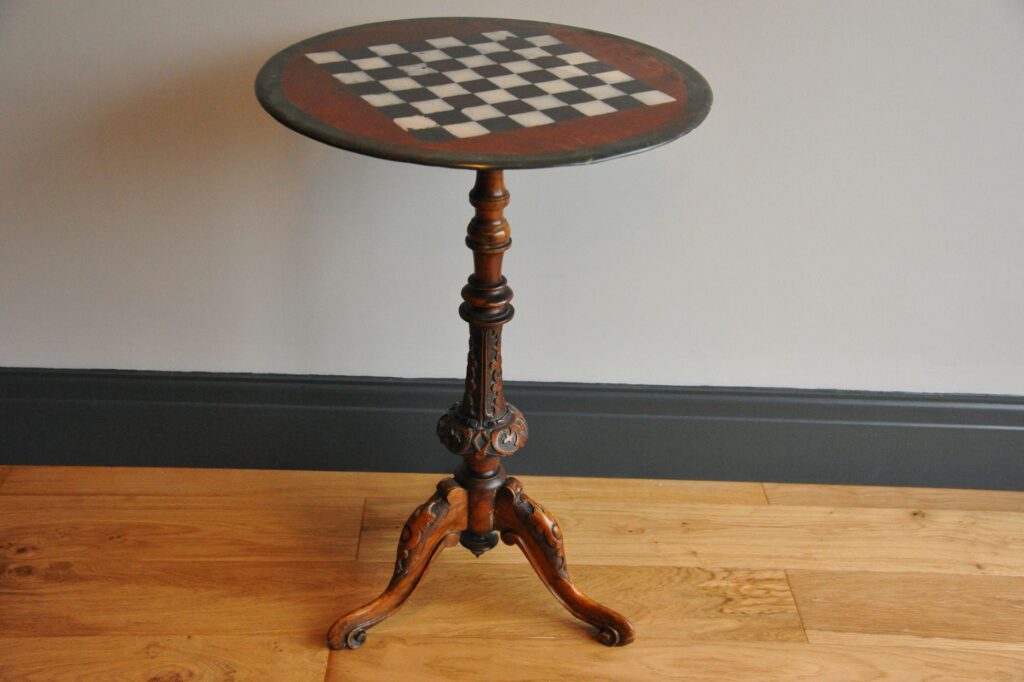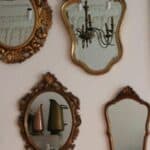Tips For Restoring Antique Furniture
When you think of antique furniture, the first thing that probably comes to mind is a beautiful antique rocking chair or antique colonial dresser. But antique furniture isn't limited to these types of pieces and antique furniture can be found in many areas of your home. Chances are, you have antique dining room chairs or antique bedroom chests in your home that need some restoration! If you're interested in restoring antique furniture with minimal investment and time spent, read on! We'll explore how to restore antique furniture using only household items. Now, let's get started with the steps for restoring your antique furniture piece at home!
Restoring antique furniture can be a wonderful way to breathe new life into old pieces. Some of the benefits include:
- You’ll give a piece that you love an upgrade without having to buy something brand new.
- In some cases, you may even find out more about the history of your home by restoring items from it.
- Restored pieces are often worth much more than their original value and tend to increase in price over time as well! All this means is that if you restore an antique table today, it could be worth twice or three times what it was when you first bought it ten years later.
When you think of antique furniture, the first thing that probably comes to mind is a beautiful antique rocking chair or antique colonial dresser. But antique furniture isn't limited to these types of pieces and antique furniture can be found in many areas of your home. Chances are, you have antique dining room chairs or antique bedroom chests in your home that need some restoration! If you're interested in restoring antique furniture with minimal investment and time spent, read on! We'll explore how to restore antique furniture using only household items. Now, let's get started with the steps for restoring your antique furniture piece at home!
Step 1: Use an Antique Furniture Cleaning Formula to Remove Dirt and Grime
The easiest step for antique furniture restoration is antique furniture cleaning. This step can be done with a store-bought antique furniture cleaner and a soft cloth. Make sure to read the instructions on the antique furniture cleaner before applying it.
Step 2: Remove Stains with a Baking Soda Paste
An antique dresser often has stains of different colours that have accumulated over time. The majority of these stains will come off with wiping the surface down with water, but there are some stubborn stains that need a little help from baking soda paste in order to get them out! To make this paste, mix 3 parts baking soda and 1 part water until it becomes an even consistency. Then use a soft cloth to apply the paste to the stained area and leave it for at least 10 minutes before wiping away any excess.
Step 3: Remove Hairspray or Other Spray Products from Antique Furniture Pieces
Hairspray, hairspray buildup, or other aerosol products can accumulate in antique furniture pieces and cause unwanted damage.
Hairspray buildup or other aerosol products can accumulate in antique furniture pieces and cause unwanted damage. If you're interested in restoring antique furniture with minimal investment and time spent, read on! We'll explore how to restore antique furniture using only household items. Now, let's get started with the steps for restoring your antique furniture piece at home!
Step 4: Use Quick Drying Glue or Epoxy for Splits
For antique furniture that has splits, you'll want to use quick-drying glue or epoxy. Apply it to the cracked area and clamp it together. You can also try using antique furniture clamps over the period of a few hours for an antique chair's joints or antique table's stretchers.
Step 5: Sand Away any Rough Edges with Fine Grit Sandpaper
Sandpaper is a useful tool for antique furniture restoration. It can be used to sand away any rough edges and create a smoother surface.
This process can help antique furniture pieces last longer than they would without the use of sandpaper, but it also helps antique furniture look more beautiful and elegant when you're done! You should start by removing any loose parts like drawers or handles, then using fine grit sandpaper on all the surfaces of your antique piece with gentle circular motions. After that, make sure to wipe off all dust before reassembling your antique piece.
Restoring antique furniture is a process that can be done in your own home with minimal investment and time spent. By following the five easy steps outlined above, you'll have antique furniture restored to its original beauty without having to call an antique restoration professional!






